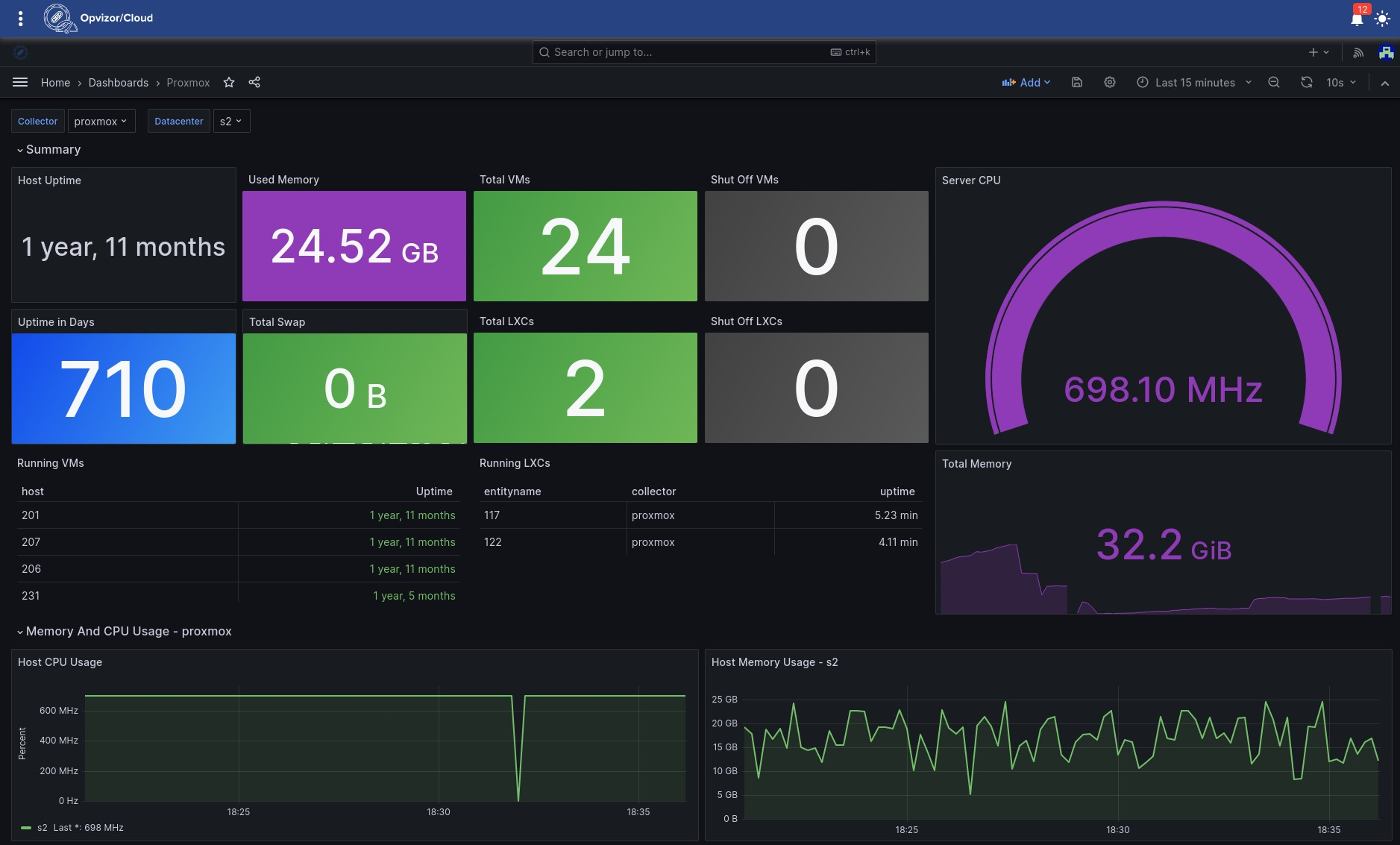Managing Proxmox for Production Environments
Introduction
Over the last year or so, we have witnessed a significant shift in virtualization usage, moving away from VMware vSphere towards Proxmox. This trend is particularly notable among small and medium businesses, driven by factors such as pricing considerations and the increasing complexity of recent VMware vSphere versions, coupled with high-end server requirements for vSphere. The economic downturn has further emphasized the cost-effectiveness of Proxmox for managing virtual environments.
.jpg?width=1200&height=630&name=Extract%2c%20track%2c%20and%20enforce%20software%20components%20(2).jpg)
Proxmox Features Overview
Proxmox, an open-source virtualization management platform, empowers users to efficiently manage and deploy virtual machines (VMs), containers, and virtualized storage resources. Combining full virtualization with container-based virtualization, Proxmox provides flexibility and scalability for running applications and services. Noteworthy enterprise-grade features include:
- Virtual Machine Management: Complete control over resources like CPU, memory, and storage for creating and managing virtual machines.
- Container Management: Utilizing LXC containers as an efficient and lightweight alternative to full virtualization.
- Storage Management: Facilitating the management of virtualized storage resources, supporting various storage types like local disks, network storage (iSCSI, NFS), or distributed storage (Ceph).
- High Availability: Enabling the creation of high availability clusters to ensure continuous operation even in the event of a host failure.
- Live Migration: Supporting live migration, allowing the movement of virtual machines between different hosts without noticeable downtime.
Budget-Friendly Solutions for Shrinking Budgets
In times of budget constraints, businesses are realizing that a Linux container is often sufficient to run an application, with the added benefit of utilizing a fraction of the resources compared to a fully-fledged VM.
Essential Components for Production Environments
When running Proxmox for production environments, two critical components quickly become a necessity:
- Performance Monitoring and Management
- Robust Backup and Restore
Opvizor/Cloud: A New Solution for Performance Monitoring
While the world of vSphere offers numerous performance management and monitoring solutions, a world-class performance monitoring software was lacking until today. Opvizor, the market leader in Virtualization Operational Excellence, introduces a new cloud-based solution: Opvizor/Cloud.
This high-end monitoring solution is tailored for small and medium businesses, with a starting point of $12/month for small clusters.
.png?width=1200&height=630&name=OC3%20(1).png)
Performance Monitoring Aspects with Proxmox
What aspects of performance monitoring are crucial when running VMs and LXC containers with Proxmox today? Here are key considerations:
- Resource Utilization: Monitoring CPU, memory, storage, and network utilization to identify bottlenecks and ensure optimal resource allocation.
- Response Time and Latency: Real-time monitoring of response times and latency to address performance degradation swiftly.
- Capacity Planning: Continuous monitoring of resource utilization trends for proactive scaling and avoiding resource exhaustion.
- VM Performance: Monitoring individual VM and container performance metrics to maintain optimal performance for critical workloads.
- Storage Performance: Monitoring storage performance metrics to optimize configurations and ensure fast and reliable access to data.
- Network Performance: Timely detection and troubleshooting of network issues for optimal data transfer between virtual machines and external networks.
- Resource Contention and Overcommitment: Monitoring resource contention levels in shared environments to detect and mitigate potential performance issues.
- Key Performance Indicators (KPIs): Establishing and monitoring relevant KPIs for setting baselines, tracking performance, and detecting anomalies.
- Real-time Alerts and Notifications: Configuring alerts and notifications based on predefined thresholds for proactive issue response.
- Historical Performance Analysis: Analyzing historical performance data for fine-tuning configurations, diagnosing recurring issues, and planning infrastructure enhancements.
In summary, a comprehensive performance monitoring strategy ensures optimal utilization of resources, proactive issue identification, and efficient management of Proxmox environments in production.
Lastly, let’s get a quick glimpse into performance monitoring with Opvizor/Cloud with this screenshot:

